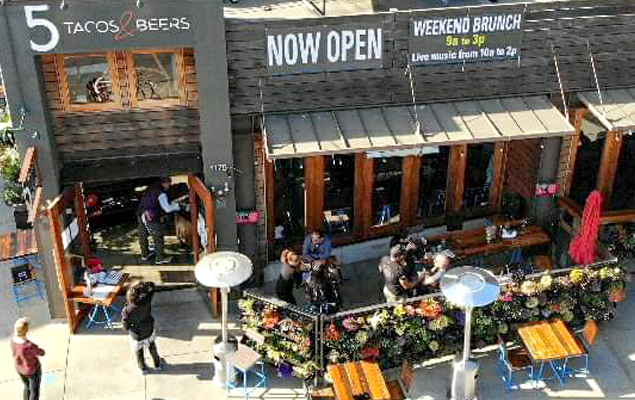
Officials with the California Department of Public Health (CDPH) on Monday suddenly ended the Regional Stay at Home Order, lifting the order for all regions statewide, including the three regions that had still been under the order – San Joaquin Valley, Bay Area and Southern California.
According to the public health officials the four-week ICU capacity projections for these three regions are above 15 percent, the threshold that allows regions to exit the order. The Sacramento Region exited the order on January 12 and the Northern California region never entered the order.
Although Newsom emphasized Monday that the decision to lift the stay-at-home order was “data driven, scientifically based, not arbitrary,” confusion around the data remains. On Sunday, the state Department of Public Health said the Bay Area, San Joaquin Valley and Southern California regions would remain under the order because their projected ICU capacity in four weeks remained below 15 percent. But at 8:00 a.m. Monday, the department suddenly reversed, predicting the three regions would by February 21 have ICU capacities of 25 percent, 22.3 percent and 33.3 percent, respectively. How exactly these figures are calculated remains unclear.
Meanwhile, the action taken by the health department allows all counties statewide to return to the rules and framework of the Blueprint for a Safer Economy and color-coded tiers that indicate which activities and businesses are open based on local case rates and test positivity. The majority of the counties are in the strictest, or purple tier; which allows restaurants and gyms to reopen outdoors and hair and nail salons to reopen indoors with modifications.
Adding to the back-and-forth, Newsom’s messaging was at times contradictory. Newsom: “We’re seeing a flattening of the curve — everything that should be up is up and everything that should be down is down.”
Also, California will transition to an age-based vaccine priority system after it completes its current phase. The state will continue through 65+, health care workers, and prioritize emergency services, food and agriculture workers, teachers and school staff. From there, the state will transition to age-based eligibility but the next groups in line haven’t yet been identified.